LTO – Safety Tips for Long Drives in Philippines. A long drive can be an exhilarating experience, allowing you to explore new places and create lasting memories. In order to ensure a smooth and enjoyable journey, it’s crucial to prioritize safety on the road. Several safety guidelines are provided by the Land Transportation Office (LTO) to help drivers navigate lengthy trips safely.
LTO typically promotes road safety and responsible driving practices rather than directly endorsing specific activities like long drives. Long drives can, however, indirectly contribute to various aspects of road safety, hence the need for this guide:
How do you define a “Long Drive”?
A “long drive” is usually a journey or trip by car that covers a considerable distance, usually involving several hours of continuous driving. Depending on individual perspectives, a long drive may encompass any distance beyond commuting or short-distance travel, but it generally means a journey that takes longer than usual.
A long drive differs from a regular drive in terms of its duration and distance. The majority of regular drives take place within the local vicinity, such as commutes to work, errands, and errand runs. It may not be necessary to plan extensively for these drives because they require minimal time behind the wheel.
Conversely, long drives involve driving for longer periods of time, often between cities or across regions. Preparation is more careful, including considerations for factors such as vehicle maintenance, rest stops, and weather conditions. Drivers need to manage fatigue over an extended period to ensure that long drives remain safe and enjoyable. Long drives also require a different mindset, additional considerations like vehicle readiness, rest, and safety considerations.
Read Aslo: National ID Tracking Online In Philippines
Benefits
Generally, the Land Transportation Office (LTO) promotes road safety and responsible driving practices rather than directly promoting specific activities like long drives. Long drives can, however, indirectly contribute to general well-being by engaging in safe and responsible behavior. The following are some potential benefits:
-
Long drives can provide individuals with an opportunity to relax and unwind from daily stressors, which is essential for maintaining mental well-being.
-
Spending quality time with loved ones on a long drive can foster stronger connections and create lasting memories.
-
A long drive allows individuals to discover hidden treasures, explore new places, and appreciate scenic landscapes, contributing to a sense of adventure.
-
Change of scenery during a long drive can provide a mental refreshment, offering a break from routine and providing a different perspective.
-
At rest areas, individuals are encouraged to stretch their legs, walk, or engage in light physical activity while driving. However, driving itself is a sedentary activity.
-
Long drives along scenic routes may inspire photography enthusiasts to capture beautiful landscapes and moments.
-
People often take long drives to celebrate milestones, turning the journey into part of the overall celebration.
-
Traveling with friends or participating in group road trips can foster camaraderie and a sense of adventure.
Despite these potential benefits, individuals should always prioritize safety on the road, even when experiencing positive experiences during long drives. Practice responsible driving behavior and follow LTO guidelines to ensure that long drives are enjoyable and safe.
LTO Safety Tips to Avoid Danger During Long Drives
As a safety precaution, here are some tips from the agency for long drives during weekends and holidays:
Vehicle Maintenance
Before embarking on a long drive, it is imperative to perform regular maintenance checks. Make sure your vehicle’s brakes, tires, lights, and fluid levels are in good working order. Make sure that any issues on the road are addressed promptly in order to prevent breakdowns.
Plan Your Route
Plan your route using reliable navigation tools before you leave. Be familiar with rest stops, gas stations, and emergency services along the way. By preparing ahead, you minimize the chance of getting lost and anticipate potential challenges.
Stay Well-Rested
Fatigue plays a significant role in road accidents. Make sure you get a good night’s sleep before the journey and take regular breaks throughout it. Maintain alertness by sharing driving responsibilities with a companion.
Follow Speed Limits
The importance of adhering to speed limits cannot be overstated. Driving at a moderate speed reduces the risk of accidents on long drives. You should adjust your speed according to the driving conditions and pay attention to the road signs.
Buckle Up
If you are involved in an accident, your seatbelt is your first line of defense. Every passenger should be buckled up properly, regardless of distance. It is non-negotiable that seatbelts be worn for safe travel.
Avoid Distractions
Your attention can be diverted from the road by distractions such as texting, calling, or fiddling with the radio. Keep electronic devices away from your reach while driving and stay focused on the road. A passenger can assist with navigation if necessary.
Weather Awareness
Keep an eye on the weather forecast for your route. Road safety can be affected by unfavorable weather conditions such as heavy rain or snow. Consider postponing your trip or finding a safe place to wait it out if the conditions become hazardous.
Emergency Kit
Prepare an emergency kit with a first aid box, flashlight, spare tire, jack, jumper cables, and essential tools. Prepare for unforeseen circumstances so that you can handle minor issues without putting your safety at risk.
Respect Traffic Rules
Be familiar with and adhere to traffic laws and regulations at the local and national levels. Drive defensively, follow lane discipline, and be courteous to other drivers. Take it out on the other drivers rather than taking out your tiredness, anger, or irritation on them. Respect each other. A road environment that is mutually respectful contributes to a safer driving experience.
Stay Informed
Make sure you are aware of any road conditions, construction zones, and potential hazards along your route. You can make informed decisions during your journey based on radio updates and navigation apps.
Tips and Reminders
While taking a long drive can be exciting, you need to consider a number of factors and follow key tips to ensure a smooth journey. The following considerations and reminders should be kept in mind:
-
Schedule regular breaks: Stretching your legs and refreshing your mind will help you stay focused. Safe driving also requires staying alert and avoiding fatigue.
-
Carrying an emergency kit that includes a first aid box, flashlight, blankets, and basic tools is also crucial. Medications must be included in the kit, especially if you have a pre-existing medical condition.
-
Stay hydrated and energized by bringing plenty of water and healthy snacks. Be careful not to eat heavy or greasy foods that may make you feel fatigued.
-
Preparing a playlist, audiobooks, or podcasts can keep you entertained during long drives. Make sure your phone is fully charged and consider using a car charger or power bank.
-
Make sure your vehicle’s fuel tank is adequately filled, especially in remote areas. Along your route, make sure you know where gas stations are located.
-
Your travel plans should be shared with a friend or family member, along with your estimated arrival time and route. During your journey, stay in touch, providing updates whenever possible so they know you’re still alive.
-
Follow traffic laws: Follow speed limits, traffic rules, and regulations. Stay safe by practicing defensive driving and paying attention to your surroundings.
-
Consider using rest areas wisely: Take time to rest and eat in designated areas. If you feel drowsy, pull over and rest before continuing.
You can enhance your safety and enjoyment during long drives by considering these safety tips and reminders, making the trip not only positive and memorable for you but also for your passengers. Additionally, they will help keep other drivers and road users safe as well.
Frequently Asked Questions (FAQs)
Q1) What is the Land Transportation Office (LTO), and how does it relate to long drives?
Ans:- In addition to overseeing land transportation, the Land Transportation Office ensures road safety. Drivers are subject to its rules and regulations, but it also promotes safe driving practices, such as long drives.
Q2) Is there a specific speed limit for long drives set by the LTO?
Ans:- Depending on the type of road and location, speed limits may vary. Observe posted speed limits and drive at a safe, comfortable speed, taking into account road conditions, weather, and visibility.
Q3) What are the key vehicle maintenance checks recommended by the LTO before embarking on a long drive?
Ans:-LTO recommends checking tires, brakes, lights, fluid levels, and the overall condition of the vehicle. The regular maintenance of a vehicle ensures its reliability and safety.
Q4) Are there rest recommendations from the LTO for long drives?
Ans:- The LTO encourages drivers to take frequent breaks while driving long distances. It is important for drivers to stop for rest breaks in order to combat fatigue, stay alert, and enhance their overall safety on the road.
Q5) Does the LTO provide guidelines for driving in adverse weather conditions during long trips?
Ans:- Despite the lack of specific guidelines, the LTO emphasizes the importance of adjusting driving behavior during adverse weather conditions. As necessary, slow down, increase following distance, and use headlights.
Summary
When safety is a top priority, long drives can be enjoyable and stress-free.Following these LTO safety tips, along with responsible driving practices, and paying close attention to road rules and regulations, will surely ensure your safety on the road.Maintaining a vigilant eye for oncoming dangers and staying aware of new and updated rules can also help you stay safe.
Adopting these guidelines can also contribute to a culture of responsible driving and make the open roads safer for everyone. Consider taking a couple of days off and going on a long drive if you feel like you can observe these tips to stay safe. Wishing you safe travels!

 Blog2 weeks ago
Blog2 weeks ago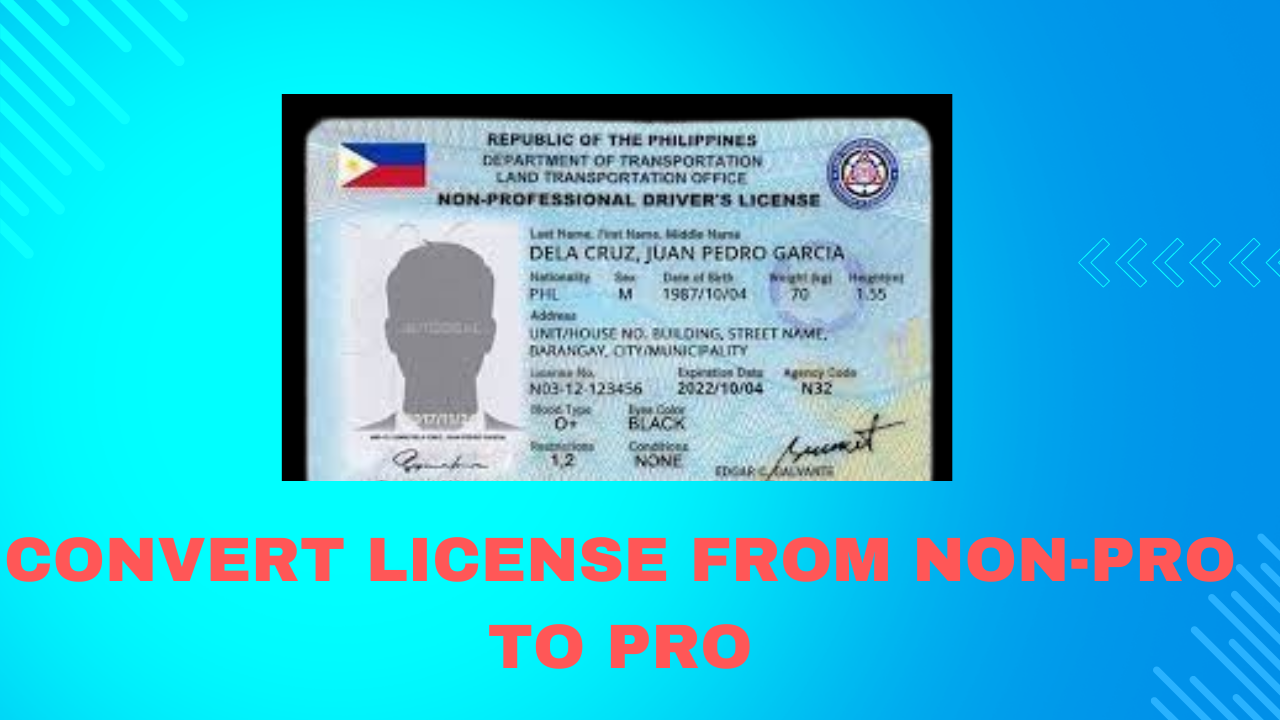
 Driving License8 months ago
Driving License8 months ago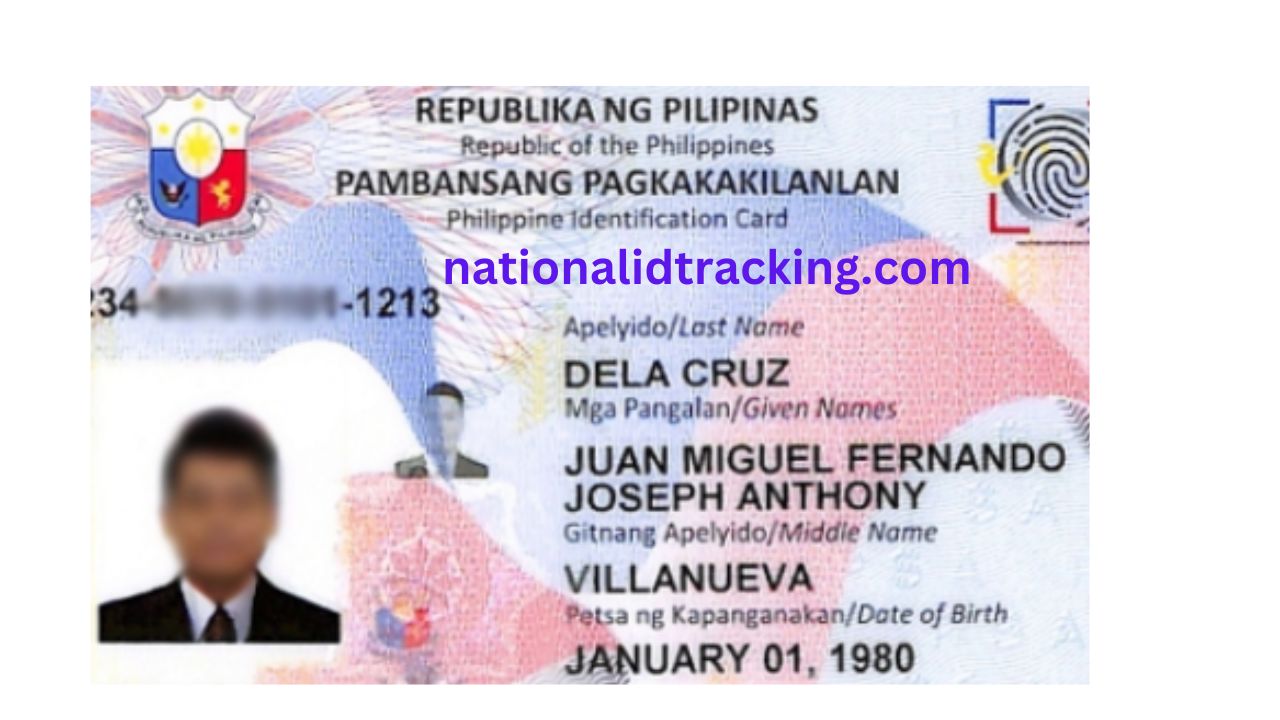
 Blog3 weeks ago
Blog3 weeks ago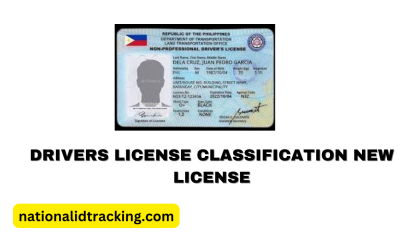
 Driving License7 months ago
Driving License7 months ago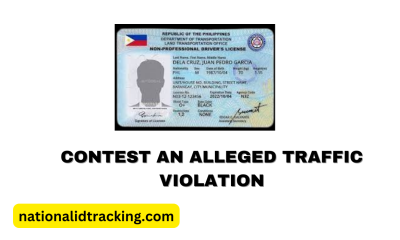
 Driving License7 months ago
Driving License7 months ago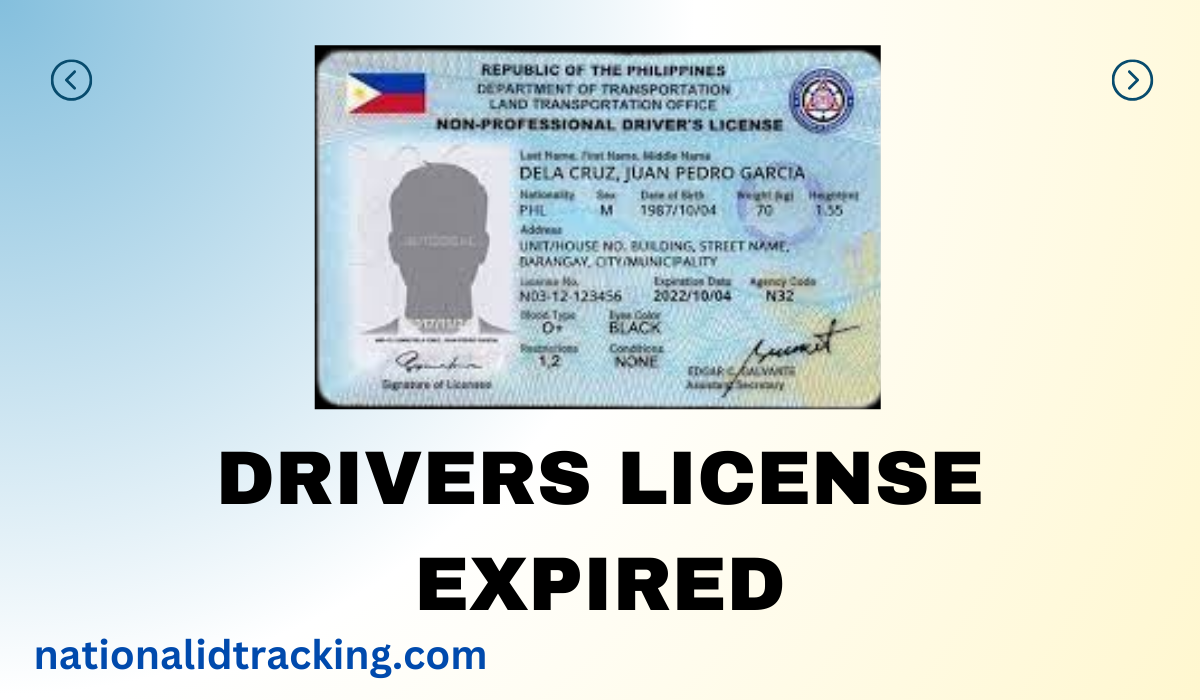
 Driving License7 months ago
Driving License7 months ago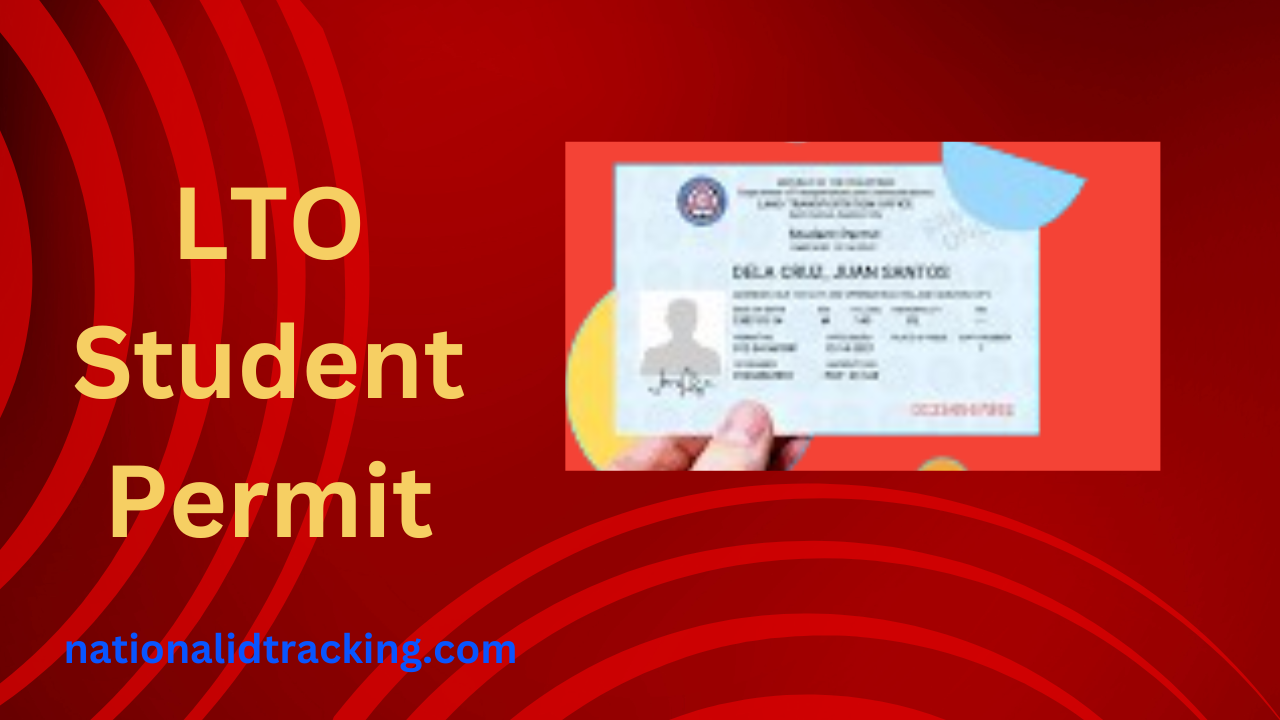
 Driving License8 months ago
Driving License8 months ago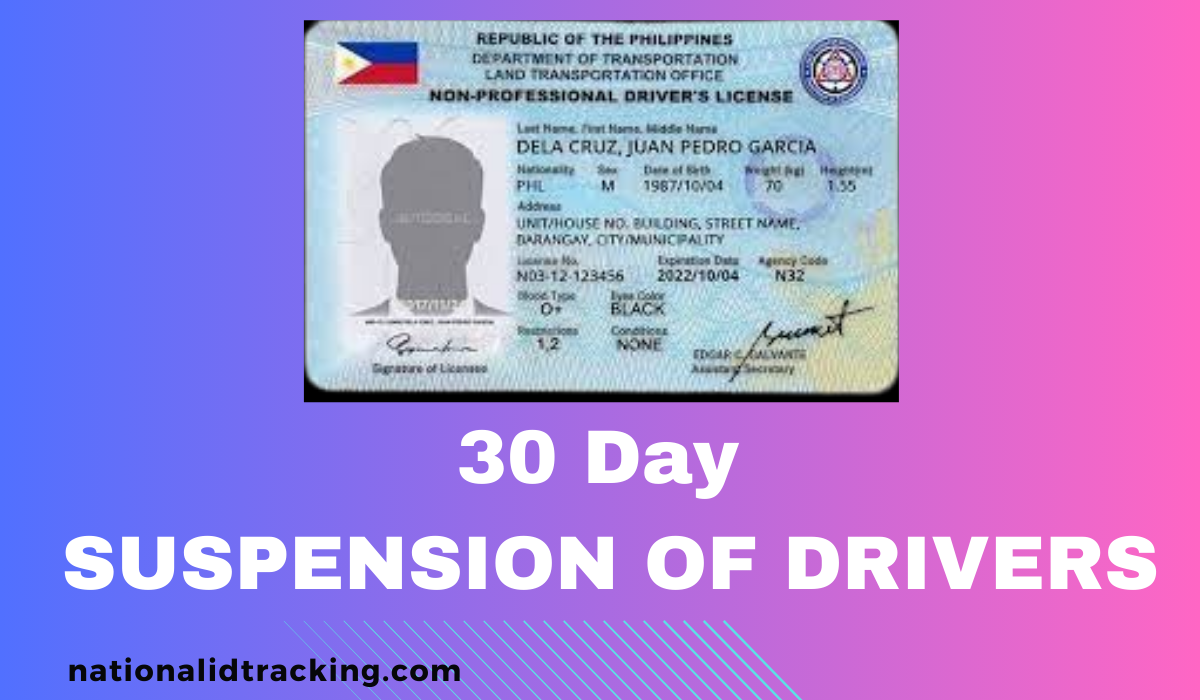
 Driving License7 months ago
Driving License7 months ago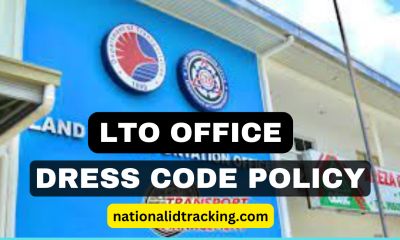
 Driving License5 months ago
Driving License5 months ago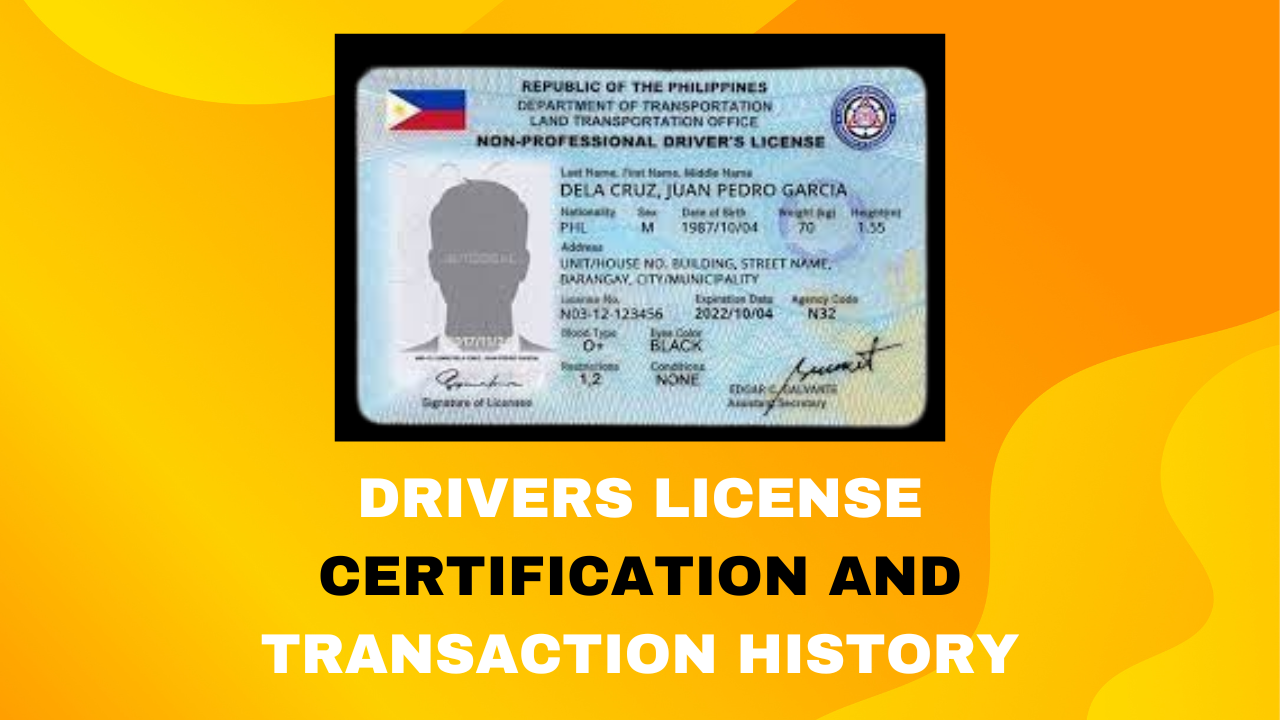
 Driving License8 months ago
Driving License8 months ago
 Blog2 weeks ago
Blog2 weeks ago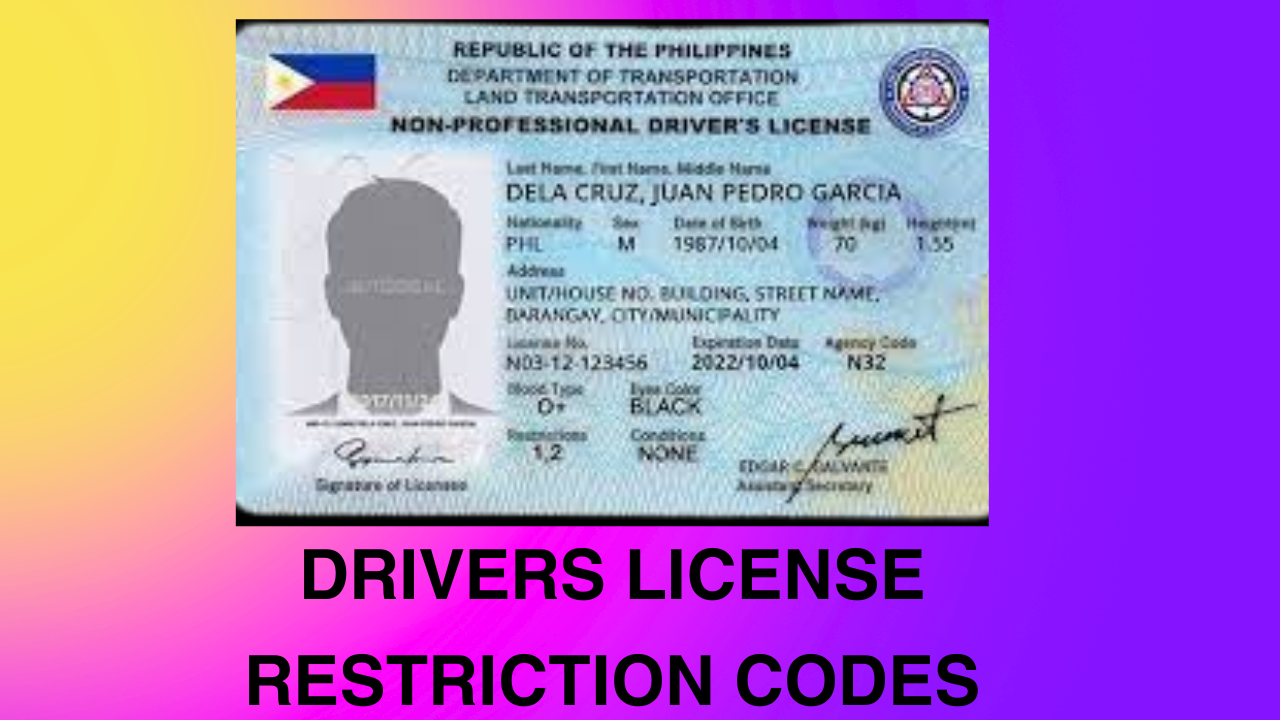
 Driving License8 months ago
Driving License8 months ago